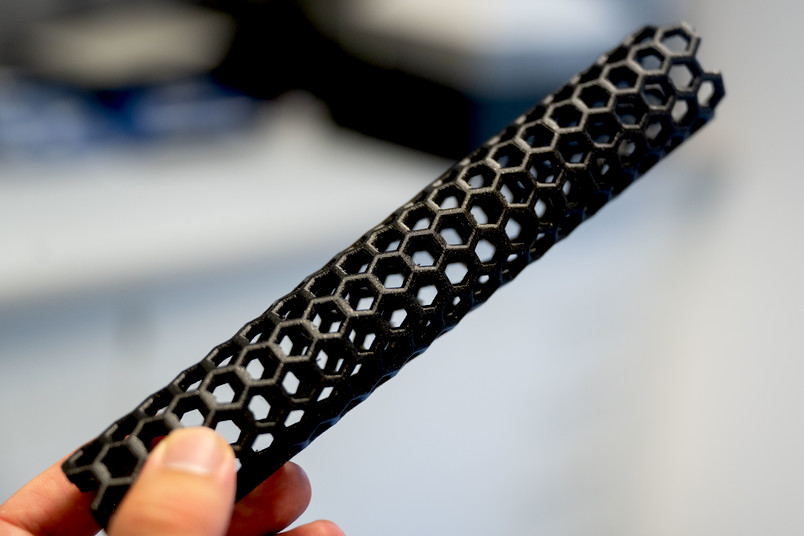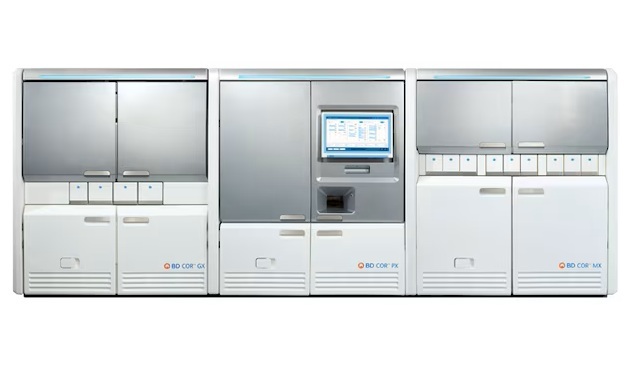Fluorescent Carbon Nanotubes Accurately Detect Bacteria and Viruses
Posted on 31 Jul 2023
An interdisciplinary research team that comprised scientists from Ruhr University Bochum (RUB, Bochum, Germany) has developed an innovative method to construct modular optical sensors capable of identifying viruses and bacteria. The team utilized fluorescent carbon nanotubes attached to a novel type of DNA anchors which serve as molecular handles. These anchor structures can be utilized to conjugate biological recognition units such as antibodies aptamers to the nanotubes, enabling interaction with bacterial or viral molecules. This interaction impacts the fluorescence of the nanotubes, causing their brightness levels to increase or decrease.
The research team utilized tubular nanosensors composed of carbon, each with a diameter of less than one nanometer. When irradiated with visible light, these nanotubes emit near-infrared light, a spectrum invisible to the human eye but ideal for optical applications due to the significant reduction of other signals within this range. Previously, the team had successfully manipulated the nanotubes' fluorescence to detect vital biomolecules. Their latest effort involved customizing carbon sensors for easy detection of various target molecules.

This breakthrough was achieved with the help of DNA structures with guanine quantum defects. This process involved linking DNA bases to the nanotube in order to introduce a defect into the nanotube's crystal structure. Consequently, the nanotubes' fluorescence underwent a quantum-level change. In addition, the defect functioned as a molecular handle, enabling the addition of a detection unit that could be adjusted to the respective target molecule to identify a specific viral or bacterial protein.
The team demonstrated the new sensor concept by targeting the SARS-CoV-2 spike protein. Researchers used aptamers that bind to the SARS-CoV-2 spike protein, following which the fluorescent sensors reliably indicated the protein's presence. Notably, the selectivity and stability of sensors featuring guanine quantum defects surpassed those of sensors without such defects, especially when in solution.
Related Links:
Ruhr University Bochum









 Analyzer.jpg)




